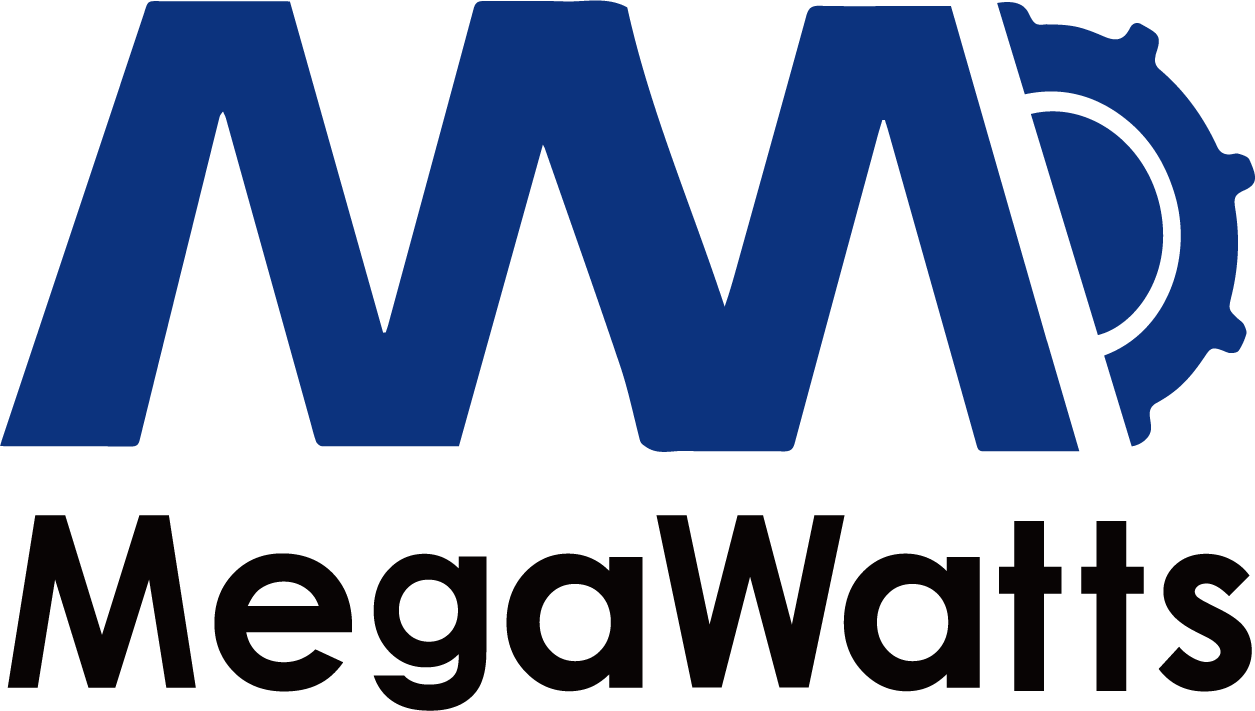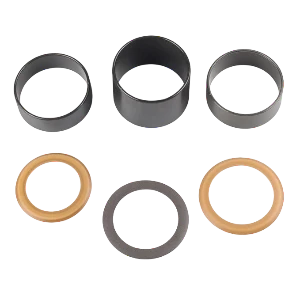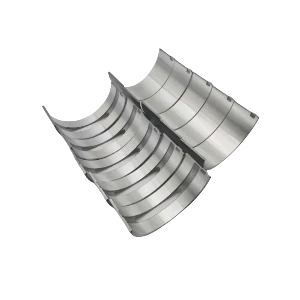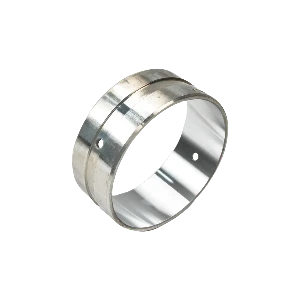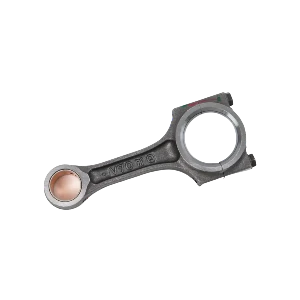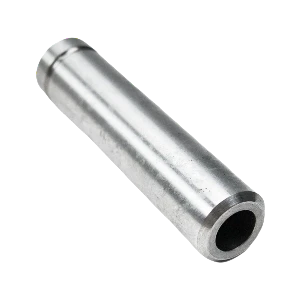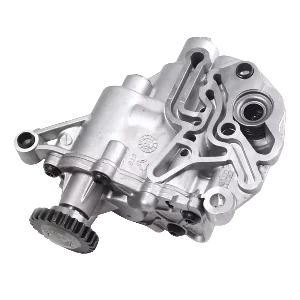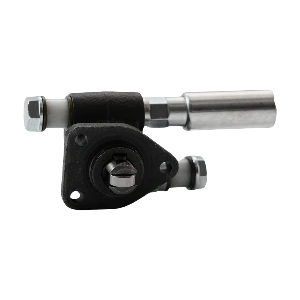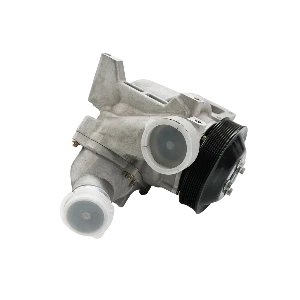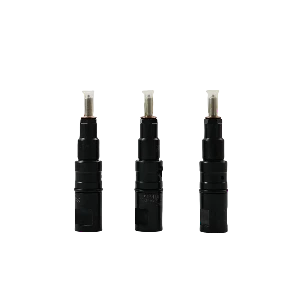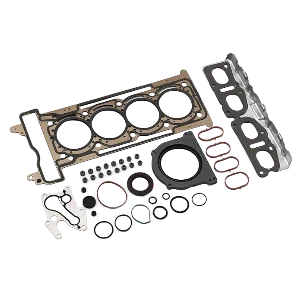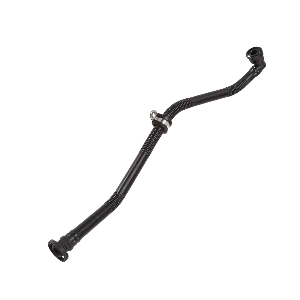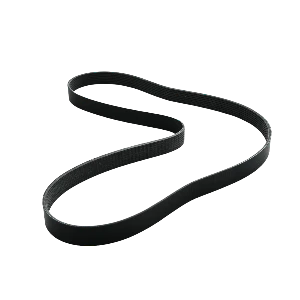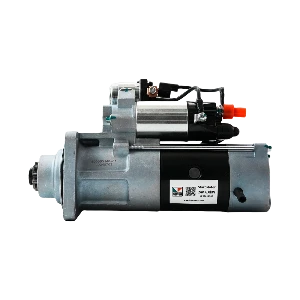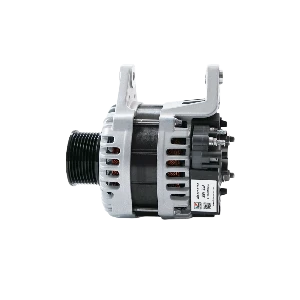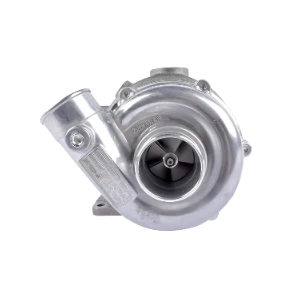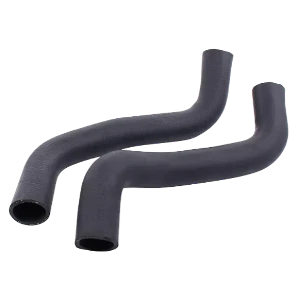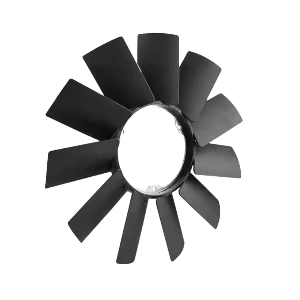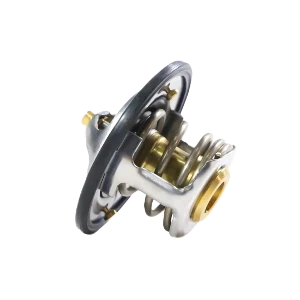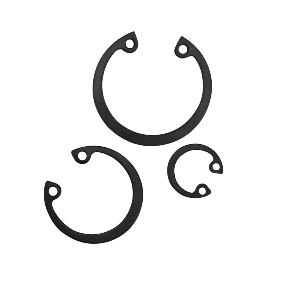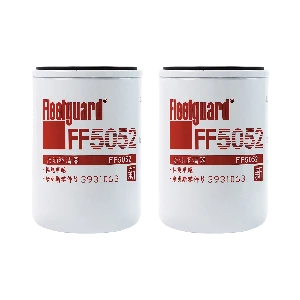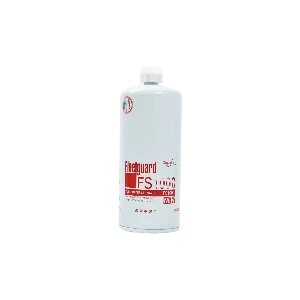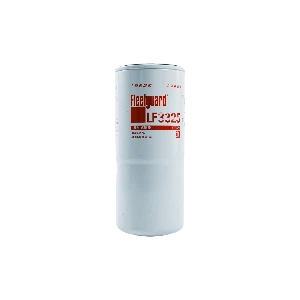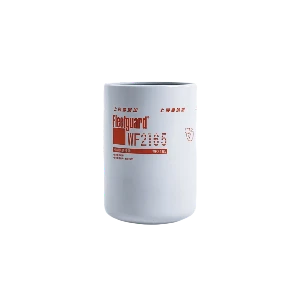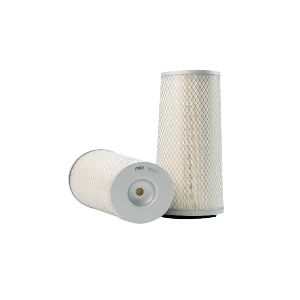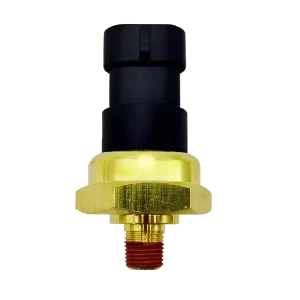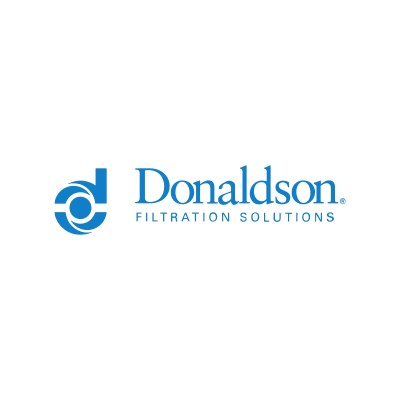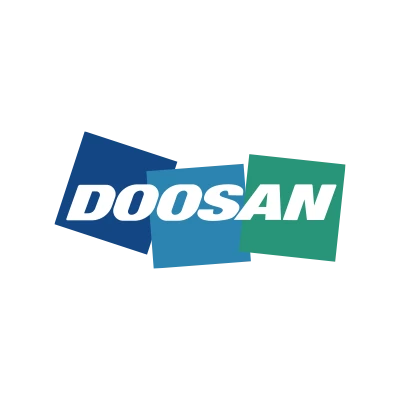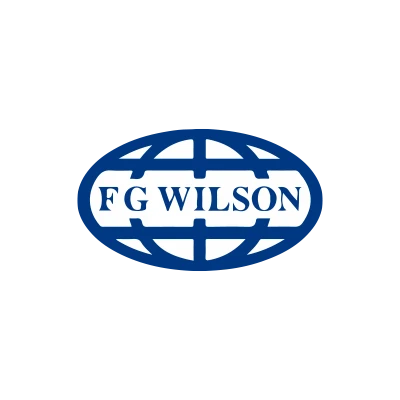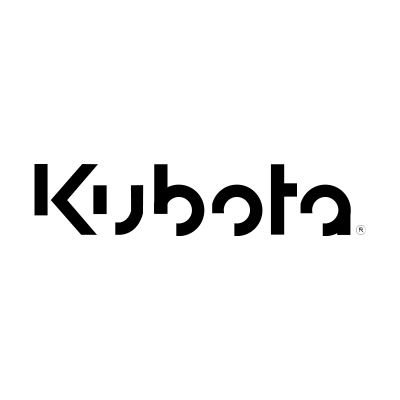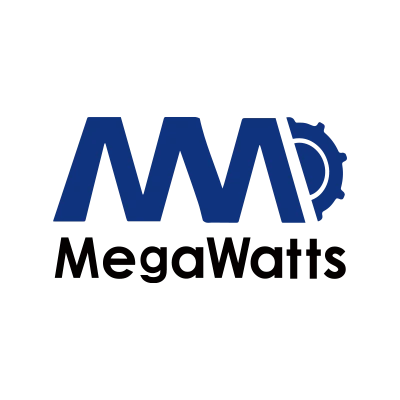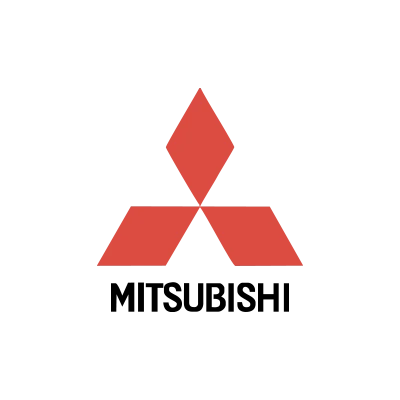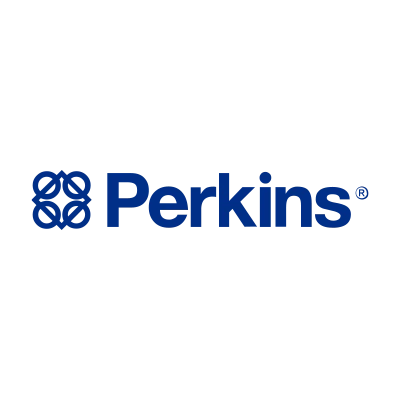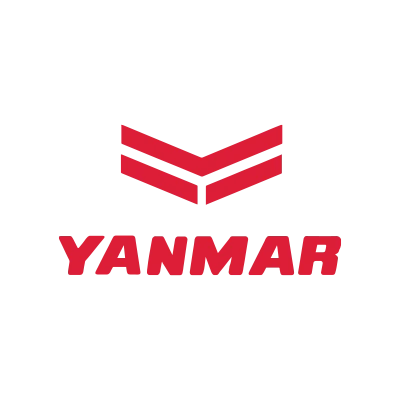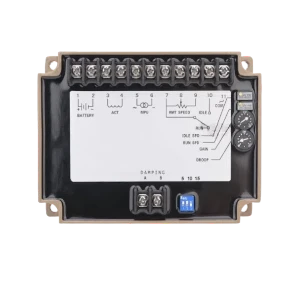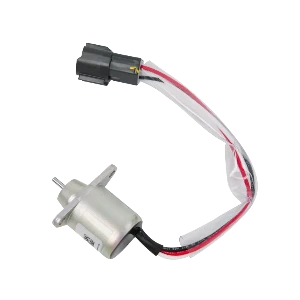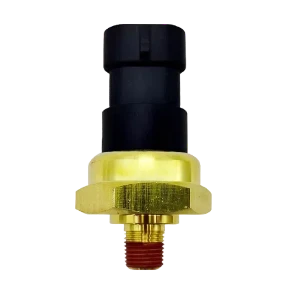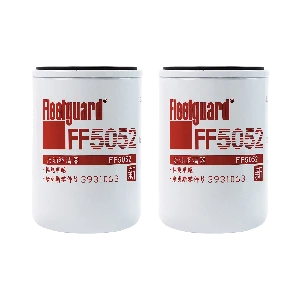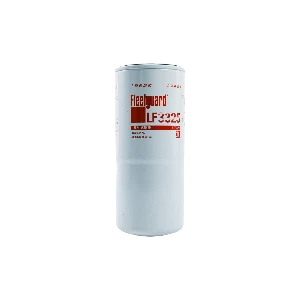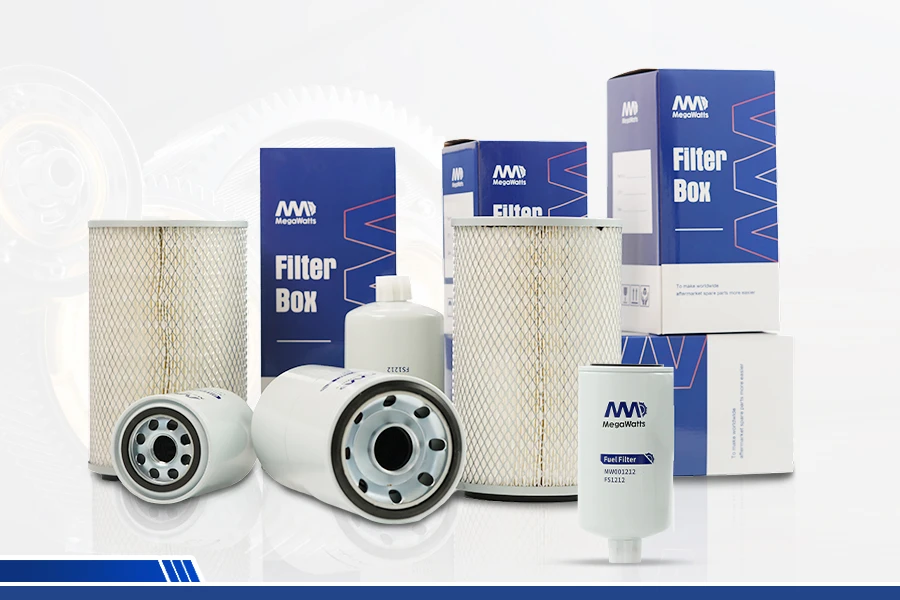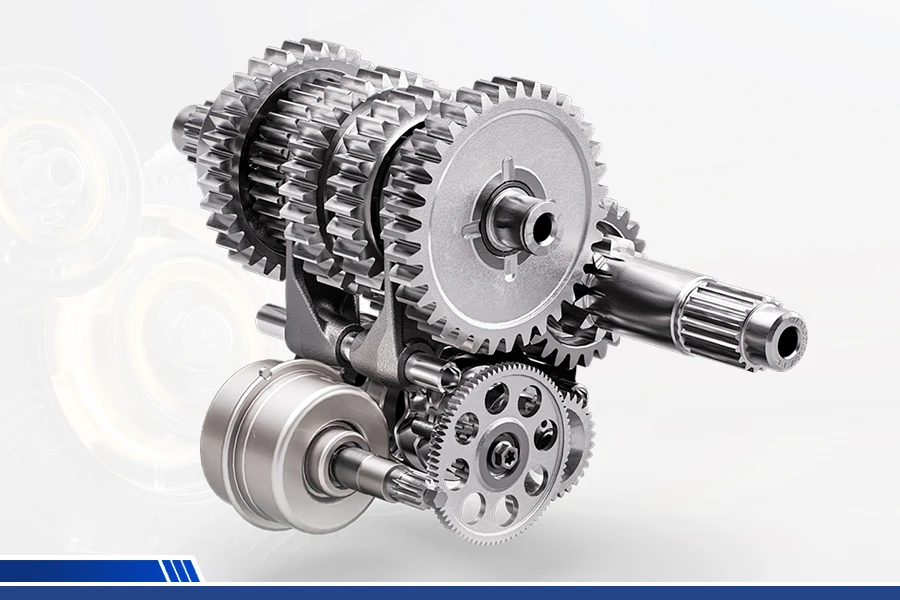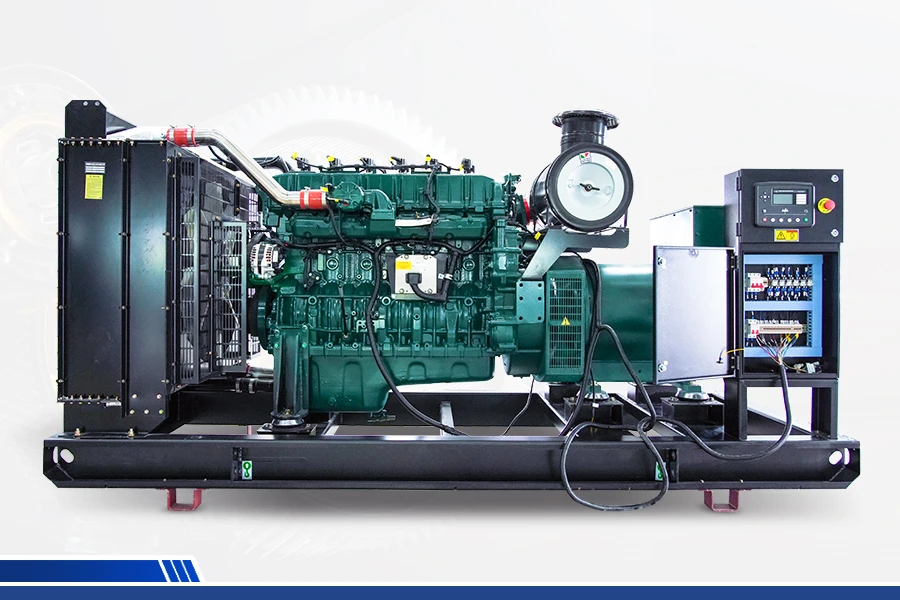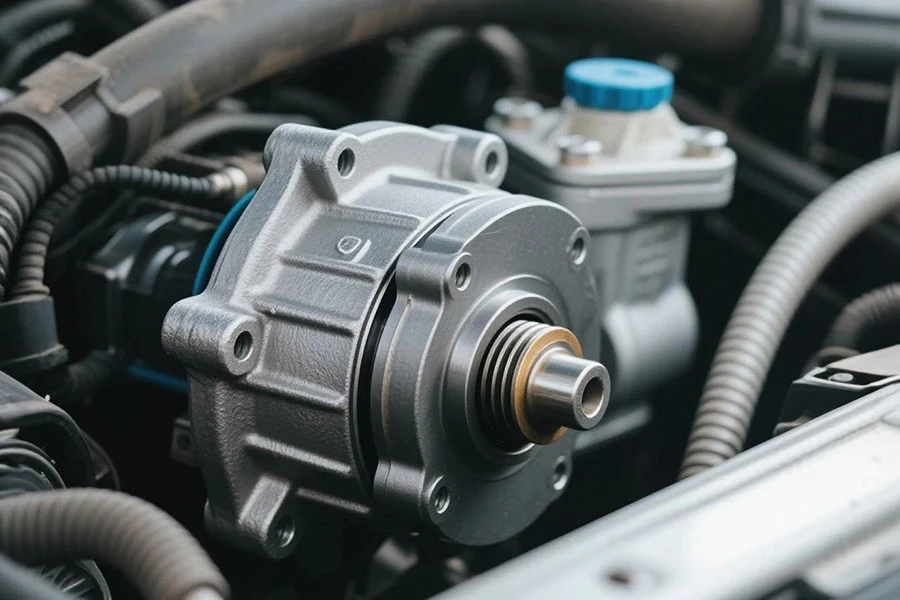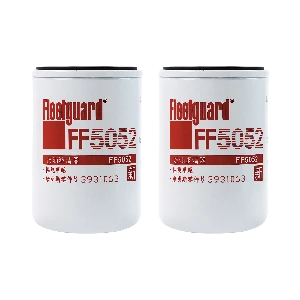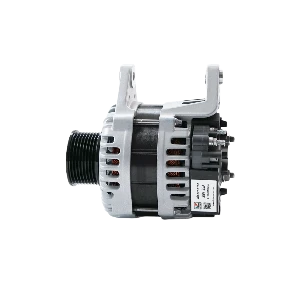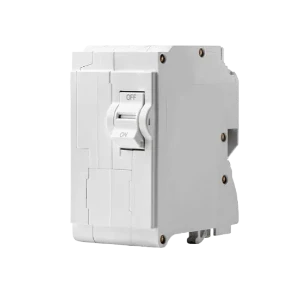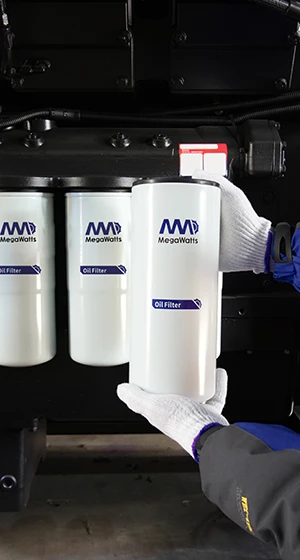Introducing the components of a diesel engine
Introducing the components of a diesel engine
A diesel generator set is a type of internal combustion generator set and is currently one of the most widely used power generation devices in the world. It primarily consists of a diesel engine, an AC synchronous generator, a control panel, a coupling, and a common base. It is widely used in finance, hospitals, commerce, industrial enterprises, and defence sectors as an emergency backup power source.
First, we need to understand the working principle of a diesel engine:
The basic working principle of a diesel engine involves compression ignition, where fuel burns inside the cylinder. The high-temperature, high-pressure combustion gases expand within the cylinder, driving the piston in reciprocating motion. This motion is then converted into rotational motion of the crankshaft via the piston-connecting rod-crankshaft mechanism, thereby driving the working machinery.
Diesel engine components
Cylinder block: The cylinder block is the primary component of a modern diesel engine, housing all parts related to the combustion process. Each cylinder contains an open space where combustion occurs.
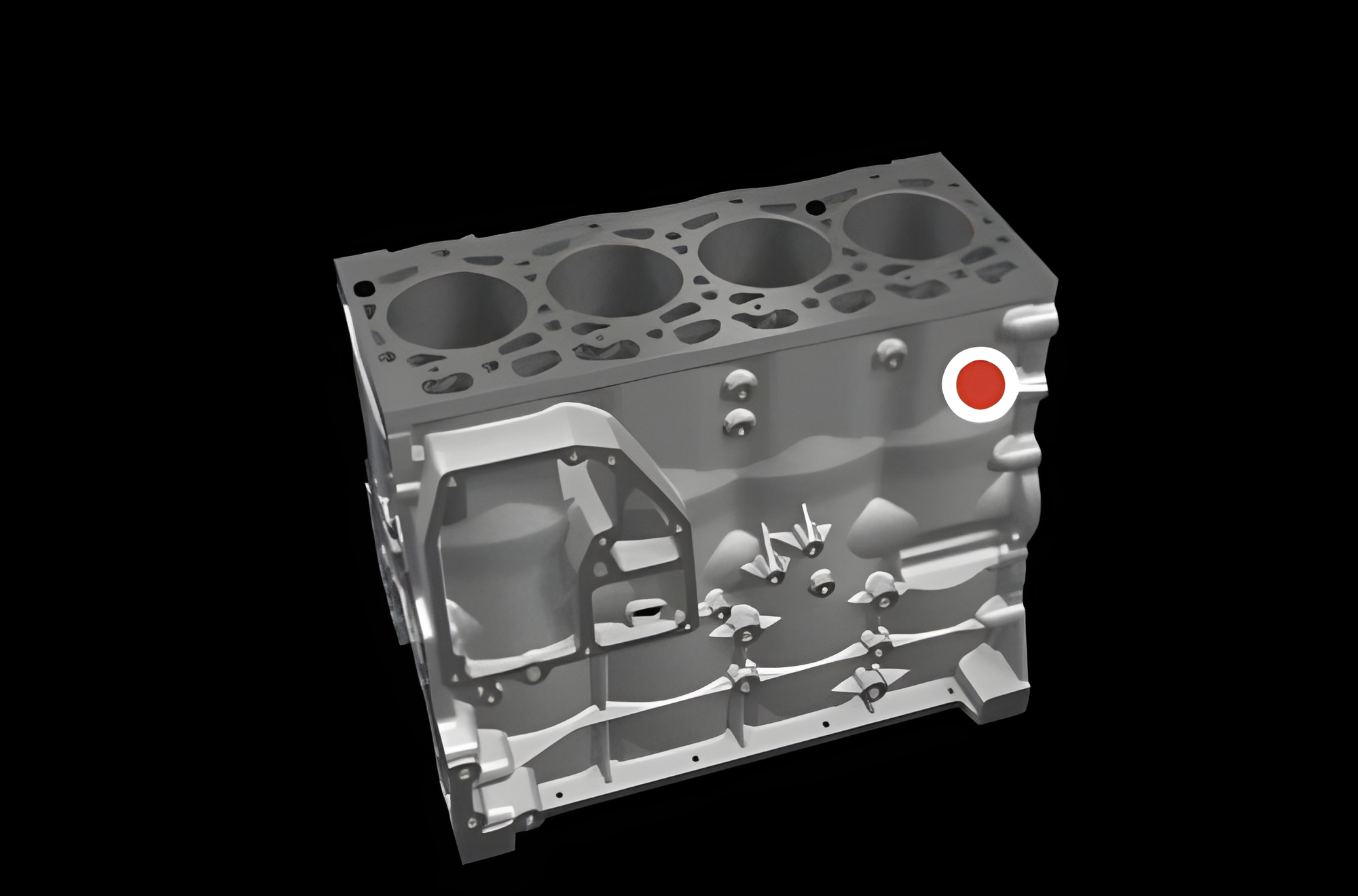
Crankshaft: The crankshaft converts the reciprocating linear motion generated by combustion into rotational motion.
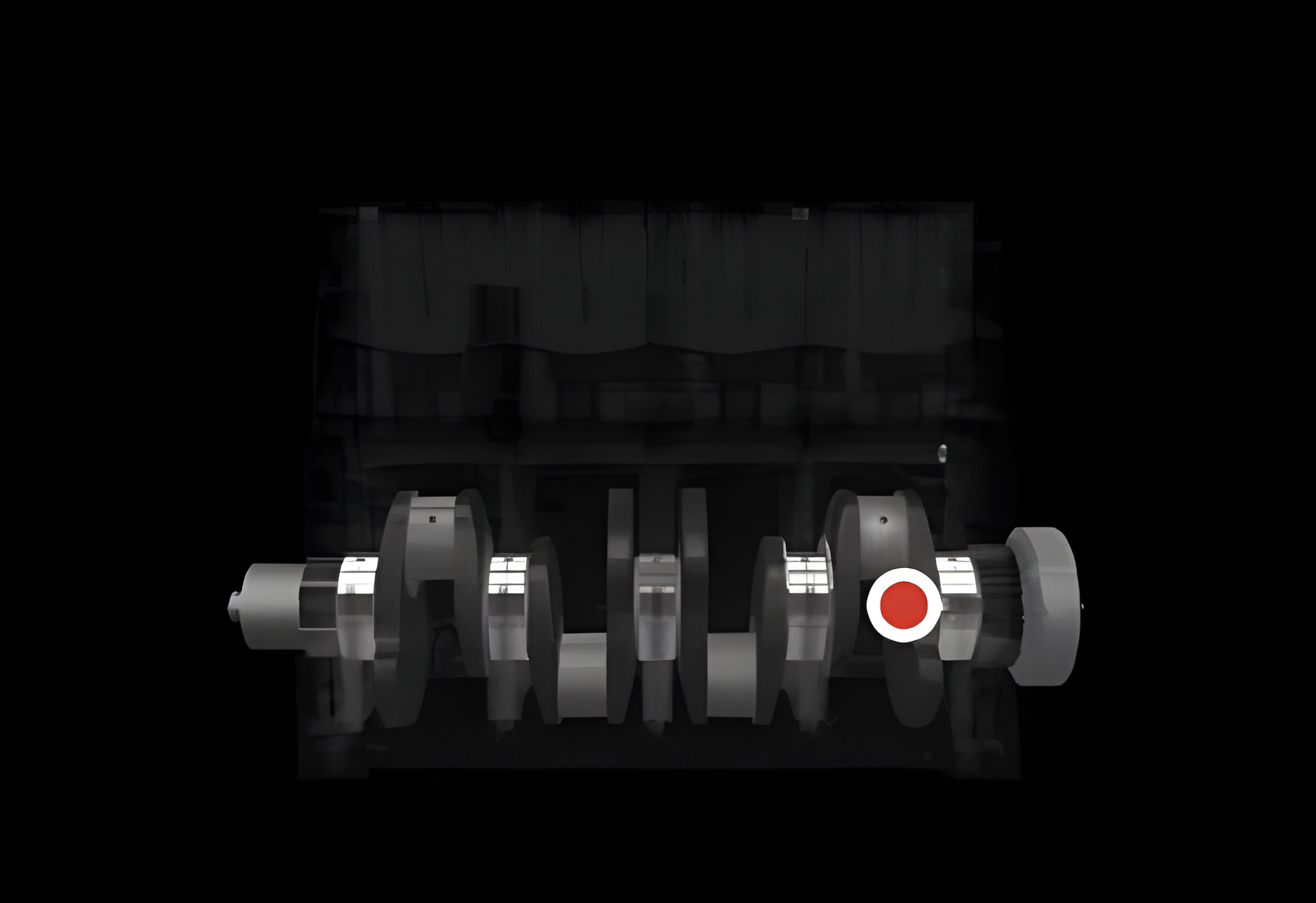
Connecting rod: The connecting rod connects the crankshaft and piston, transmitting the power generated by combustion.
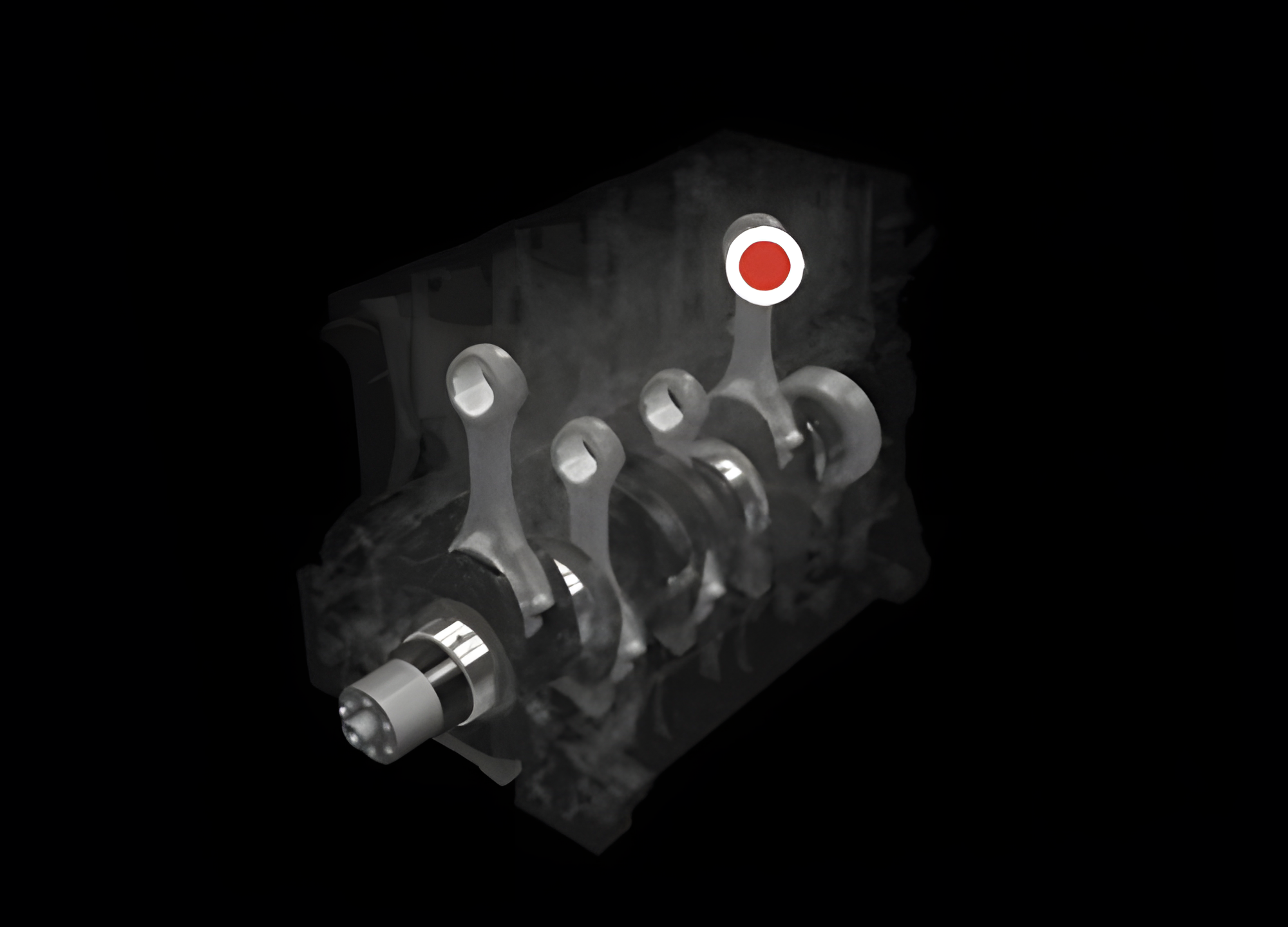
Piston: Each connecting rod is connected to a piston at its top. The piston forms the bottom of the combustion chamber, and during engine operation, the piston moves up and down within the cylinder.
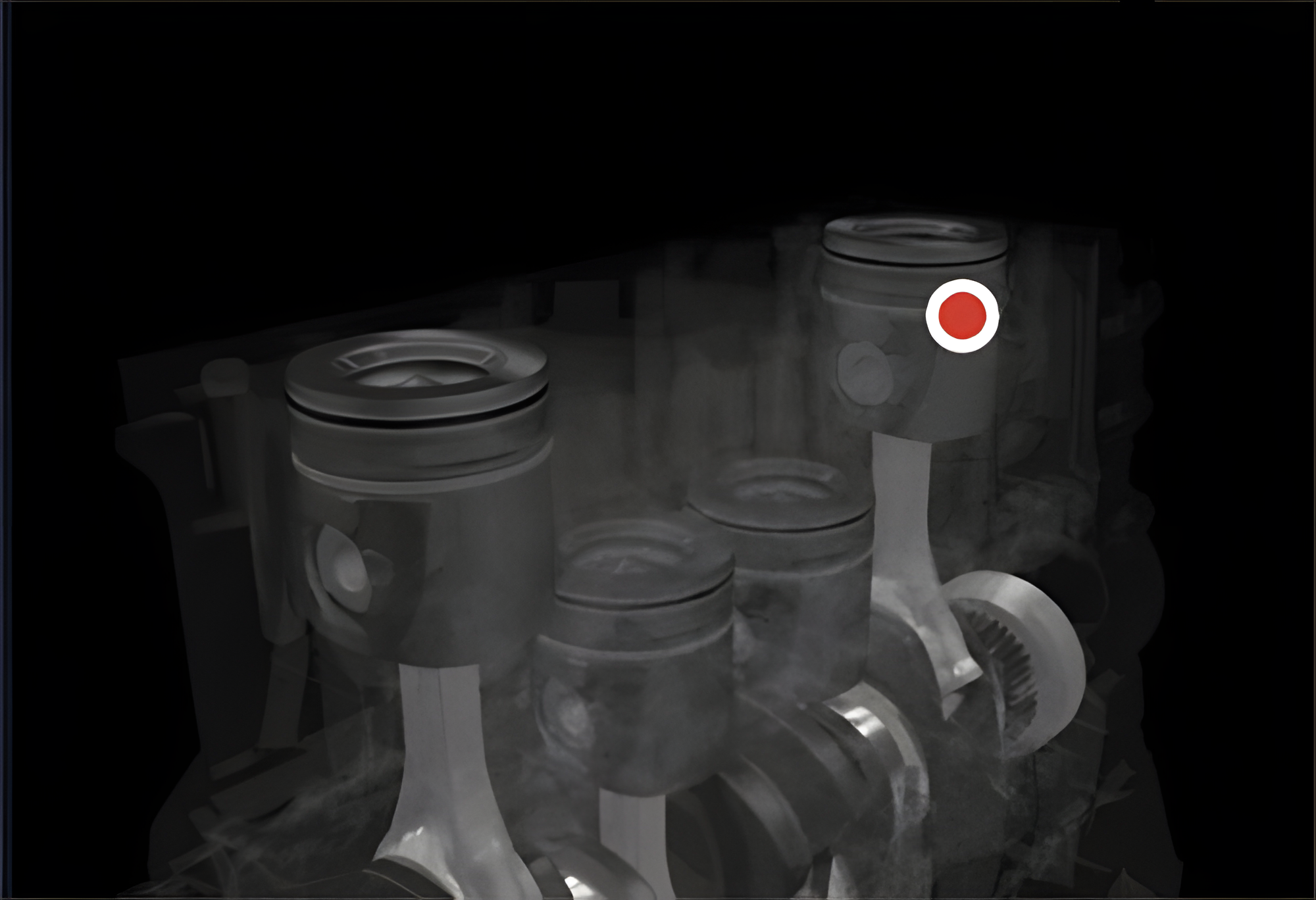
Cylinder head: The cylinder head is mounted on the upper part of the cylinder block, sealing the cylinder from above and forming the combustion chamber. During the internal combustion process, the cylinder head must withstand significant thermal and mechanical loads. Depending on the design, some engines use a single integrated cylinder head covering all combustion chambers, while others have separate cylinder heads for each combustion chamber.
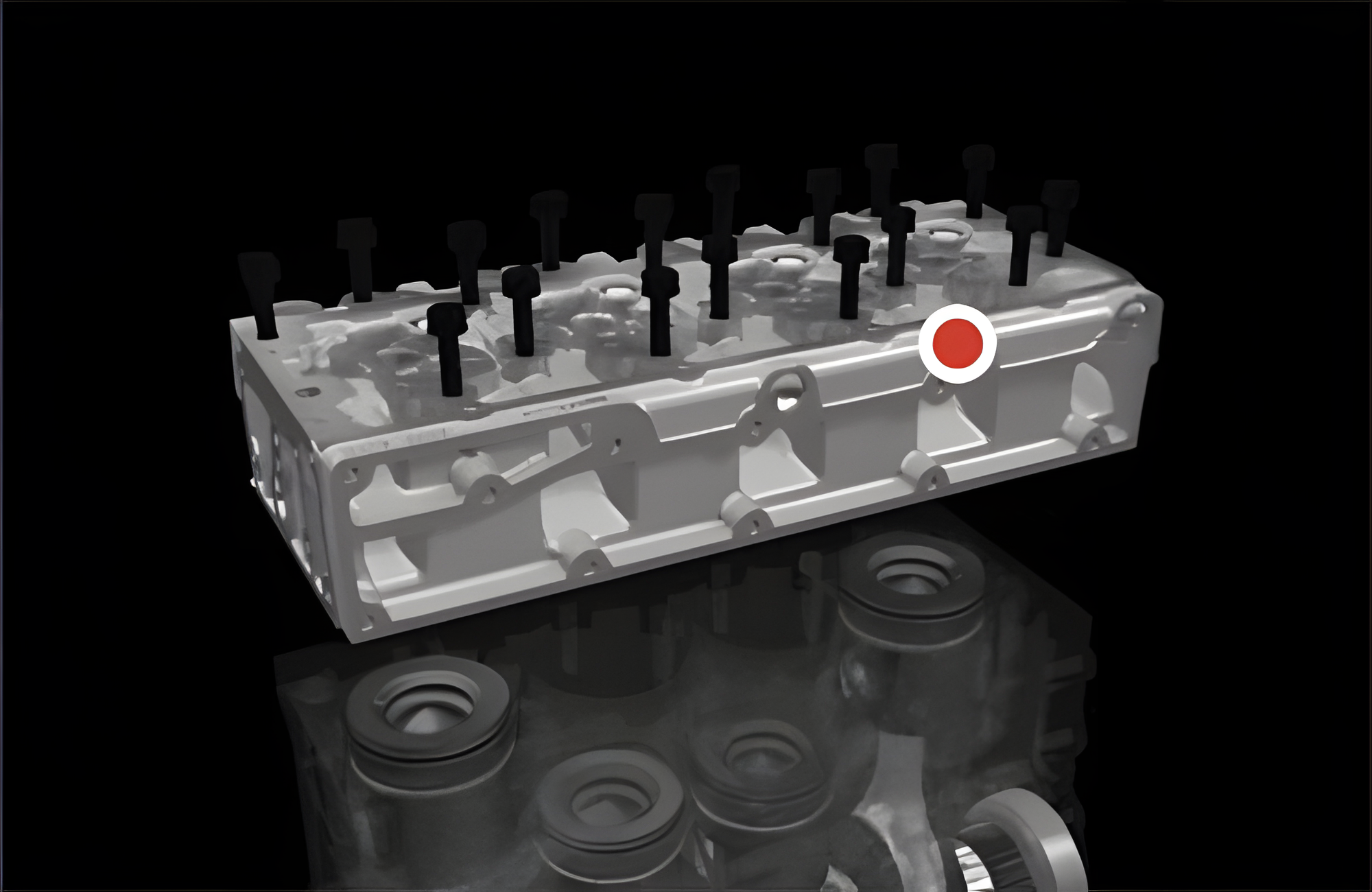
Valves: Within the sealed cylinder, the engine must expel combustion exhaust gases through exhaust valves and intake fresh air through intake valves during operation. Typically, each cylinder has two intake valves and two exhaust valves.
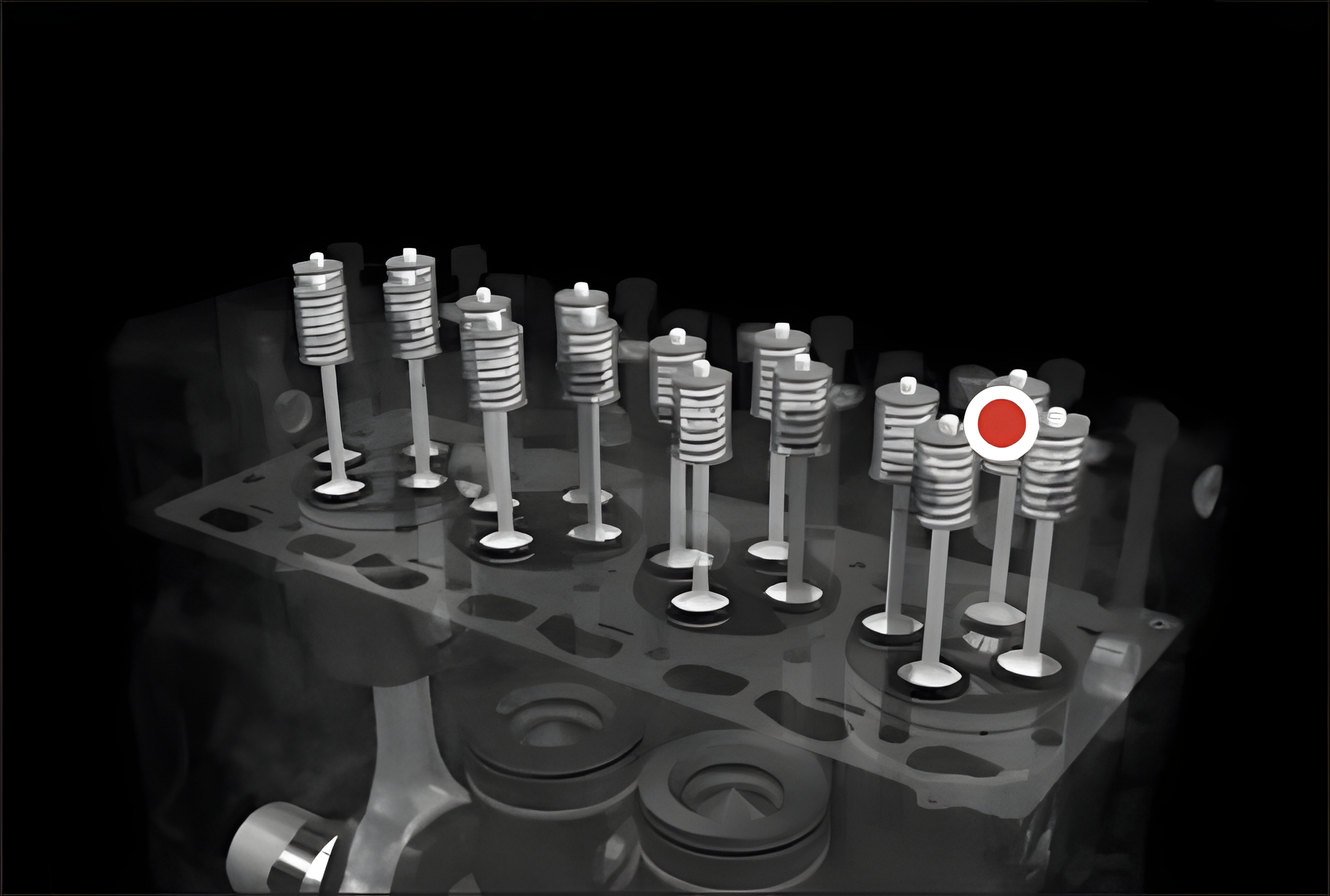
Fuel injectors: Fuel injectors are responsible for injecting fuel into the cylinder and are the most complex component of the combustion system. Fuel injectors must inject a precise amount of fuel into the combustion chamber at the top of the cylinder at the correct timing.
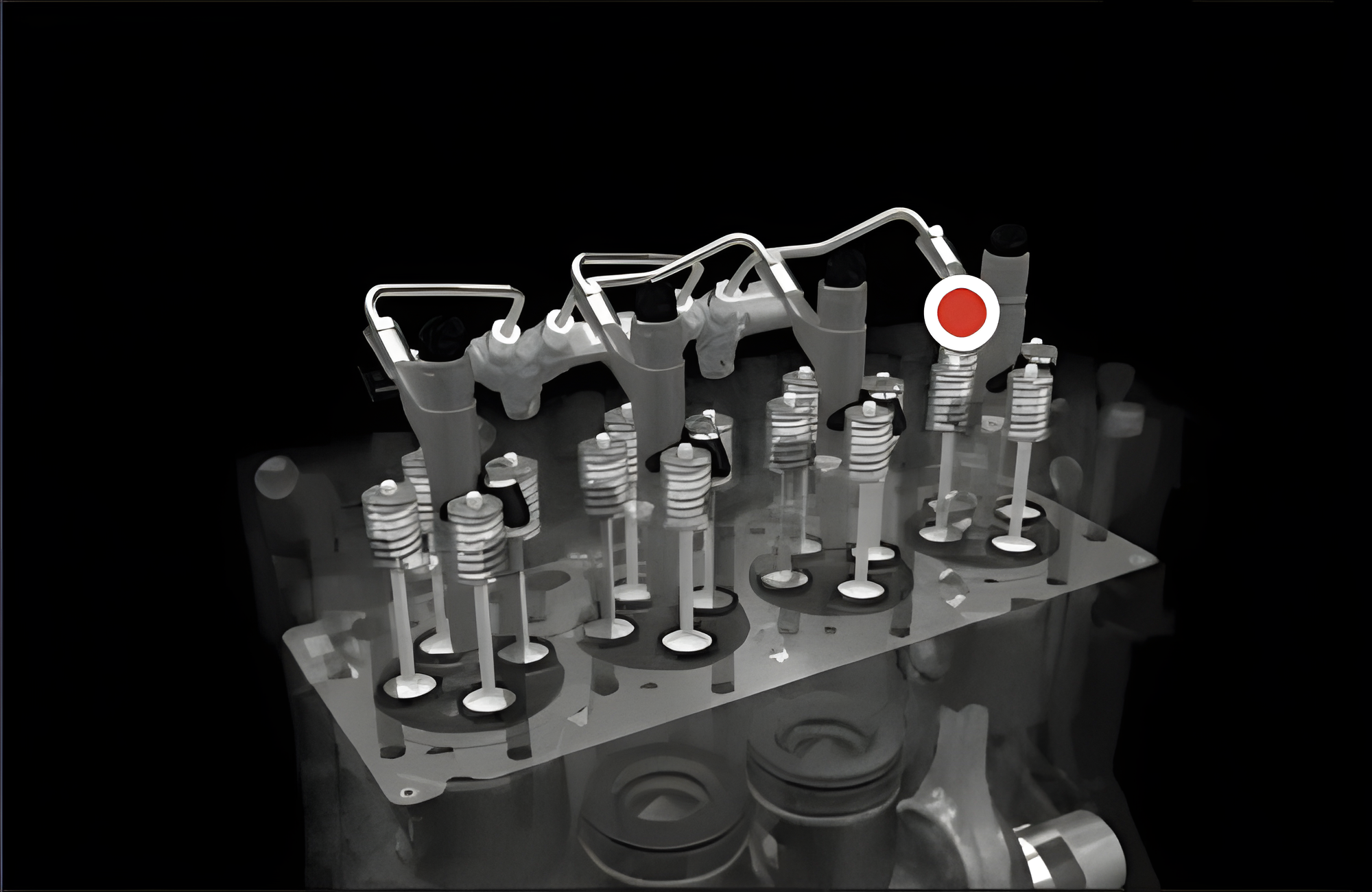
Camshaft: Most engines still rely on mechanical systems to open and close valves, and some engines still control fuel injection through mechanical transmission (non-electronically controlled). The timing of valve opening and closing events is controlled by the phase angle between the camshaft and crankshaft.
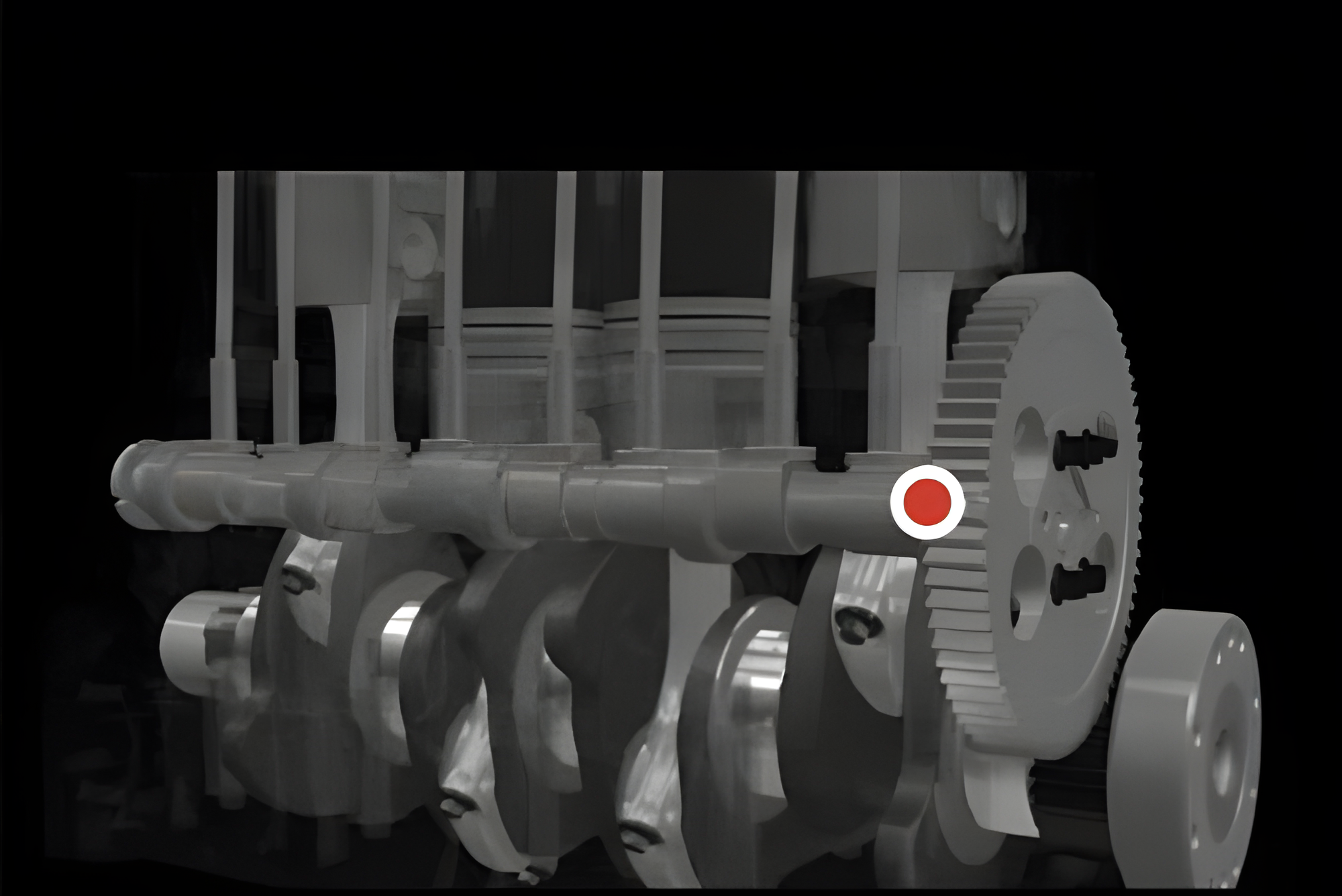
The precise collaboration between the various components of a diesel engine ensures that the four cylinders of the engine are in different strokes, enabling smooth engine operation. Engines with four or more cylinders are optimised to achieve both high power output and better operational smoothness. Most modern engines adopt an even-numbered cylinder design after balancing various performance requirements.
Although diesel generator sets come in many different types, the structures and systems of diesel generator sets of different types and applications may vary, but their functions are essentially the same.
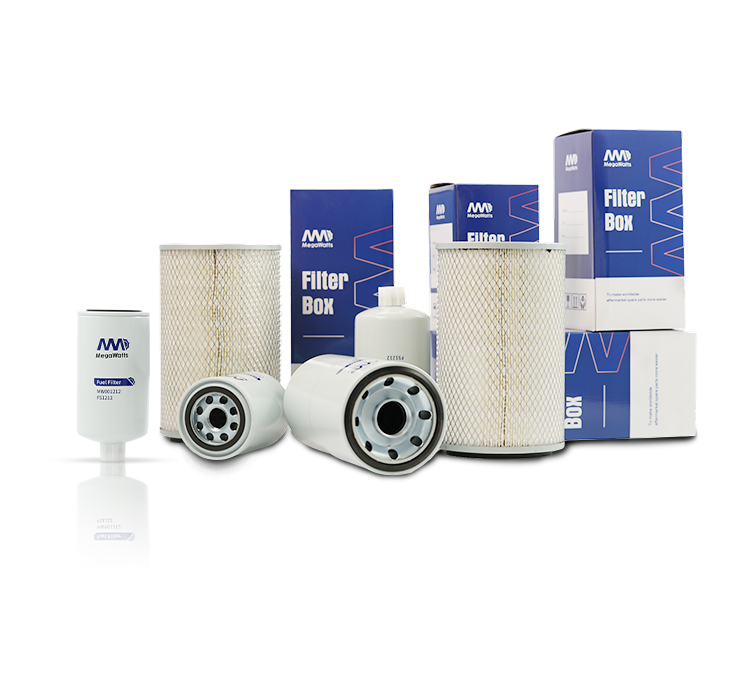
-
INFORMATION
-
CHINA SALES OFFICE: No. 2-11, No. 8, Gaotai Road, Gaishan Investment Zone, Cangshan District, Fuzhou, Fujian
-
SAUDI ARABIA FACTORY: 7264 Shakra, Al Faisaliyyah, REFB3035, 3035, Riyadh 12883
-
RUSSIA SALES OFFICE: 127282, Moscow, Severnoe Medvedkovo Municipal District, Polyarnaya St., 31V, Bldg. 1, Premises 1/2
-
COLOMBIA SALES OFFICE: 92-32 26th Street, 03-118, Bogota
-
NIGERIA FACTORY: Plot 5 Chivita Avenue Ajao Estate Isolo Lagos
-
Email:sales@megawattsparts.com
 English
English
-
 English
en
English
en -
 French
fr
French
fr -
 Russian
ru
Russian
ru -
 Spanish
es
Spanish
es -
 Arabic
ar
Arabic
ar
-
<{ item.name }>(<{ item.code }>)

You agree to MegaWatts.com's Terms of Use and Privacy Policy by subscribing. You may receive emails with useful tips, promotions, and offerings.





